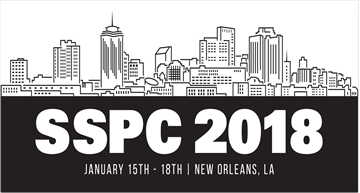Search
Products tagged with 'coating system'
View as
Sort by
Display
per page
NACE SP0716-2023, Soluble Salt Testing Frequency and Locations on Previously Coated Surfaces
Product Number:
NACE SP0716-2023
Publication Date:
2023
$109.00
Spray Polyurea System for Challenging Applications
Product Number:
41211-625-SG
Publication Date:
2011
$20.00
Standardized Coating Systems for Commercial Applications
Product Number:
41211-603-SG
Publication Date:
2011
$20.00
The Manufacturer’s Standard Coating System - What it can Mean to the Stake-Holders in the Equipment Purchasing Process
Product Number:
41216-981-SG
Publication Date:
2016
$20.00
Time is Money: Improving Shop & Field Painting Throughput by Reducing Finish Coat Handling Time
Product Number:
41211-595-SG
Publication Date:
2011
$20.00
TM0204-2019 “Exterior Protective Coatings for Seawater Immersion Service”
Product Number:
21244-2019
ISBN:
1-57590-190-0
Publication Date:
2019
$109.00
Traffic Bearing Coating Systems in the Parking Structure Market
Product Number:
41216-979-SG
Publication Date:
2016
$20.00
Use of Pre-Construction Primers in Marine Construction
Product Number:
41215-876-SG
Publication Date:
2015
$20.00









